Grassland Ecosystem
Grassland Location: Grassland is found in the middle of large land masses or continents.The two major areas are the prairies in North America and the steppe which straddles Europe and Asia.
Grassland Climate: The vastest expanses of grassland occur in tropical-savanna and midlatitud-steppe climate zones, with smaller expanses in subtropical-desert and midlatitude-desert realms. In general, grasslands tend to thrive where they can dominate woody plants such as trees and shrubs.

Grassland Types of Animals: The types of animals in Grassland are for example :Gazelles, Zebras, Prairie Dogs, Mice, Hawks, Snakes, Blackbirds, Foxes, Pumas, Tigers, Deer, Lion, Hyena, Cheetah, Ostrich, Rhino, Bison, Elephants, Kangaroo, Armadillo, Falcon, Secretary Bird, Lizard, Frog
Grassland Types of Plants: Cotton Wood, Oaks, Willows, Purple Needle Grass, Blazing Stars, Clovers, Buffalo Grass, Sunflowers, Cone flowers, Pampas Grass, Blazing Grass, Rock Rose.
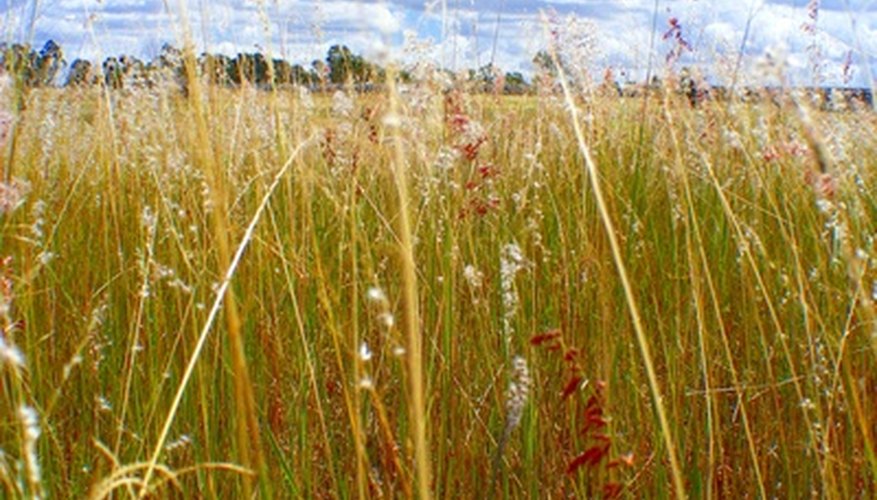
https://blog.nature.org https://www.oddizzi.com by Issa Meza & Kemberly Medrano
plants, flowers, nuts, seeds, fruits and insects are things that pika, red breasted nuthatch, pacific tree frogs, ediths checkerspot, douglas squirrels and mule deer eat on a daily basis.A Ringtail eats pika and coyotes eat ringtails ,western whiptails and mule deers. Mountain Lions eat ringtails,western whiptail,black tipped jackrabbit, mule deer and pine marlen. Bob Cats eat ringtail, western whiptail,black tipped jackrabbit and pine marlen.The Western whiptail eats pika, red bresated nuthatch, pacific tree frog and Edith's checkerspot. Raven eats Pika, Pacific Tree Frog, Ediths's checkerspot and Dougla's squirrel. A black tippeed jack rabbit eats Pika Pacific Tree Frog, Edith's checkerspot and Douglas Squirrel and Last but not least Pine marle eats Pika, Pacific Tree Frog and Dougla's squirrel. The quantity of light Grassland biome is approximately around 11.86 hours. The quantity of water The grassland biome,in general it receives around 20 to 35 inches of rain.
Range of Temperature Grassland has hot summers and cold winters summer temperature can be over 100 deegres farenheit while winter temperatures can be as low as -40 degrees fahrenheit .
Composition of Soil the savanna is pourus, with rapid drainage of water. It has only a thin layer off humus.(the organic portion of the soil created by partial decomposition of plants or animal matter), wich provides vegetation with nutrients.
By Issa Meza
Lots of male frogs sing to attract a female. Male frogs sing by taking a deep breath, then closing their nostrils and mouth. Air flows over the vocal chords causing the vocal sacs to inflate. In some species, the vocal sacs can be almost as big as the frog
Frogs lay eggs in water, and the eggs hatch into tadpoles that grow into frogs. ... All frogs reproduce sexually, and all hatch from eggs. In almost all frogs, egg fertilization happens outside the female's body instead of inside. The female releases her eggs and the male releases his sperm at the same time.
Male butterflies find females by sight, and use chemicals called pheromones at close range. ... The male passes a sperm packet called a spermatorphore to the female. The sperm then fertilize each egg as it passes down the female's egg-laying tube
Dessert Grassland Whip tail Lizard
All desert grassland whip tail lizards are female. Their reproduction process does not need male fertilization, although researchers observed pseudo-copulation that promotes fertilization during ovulation.
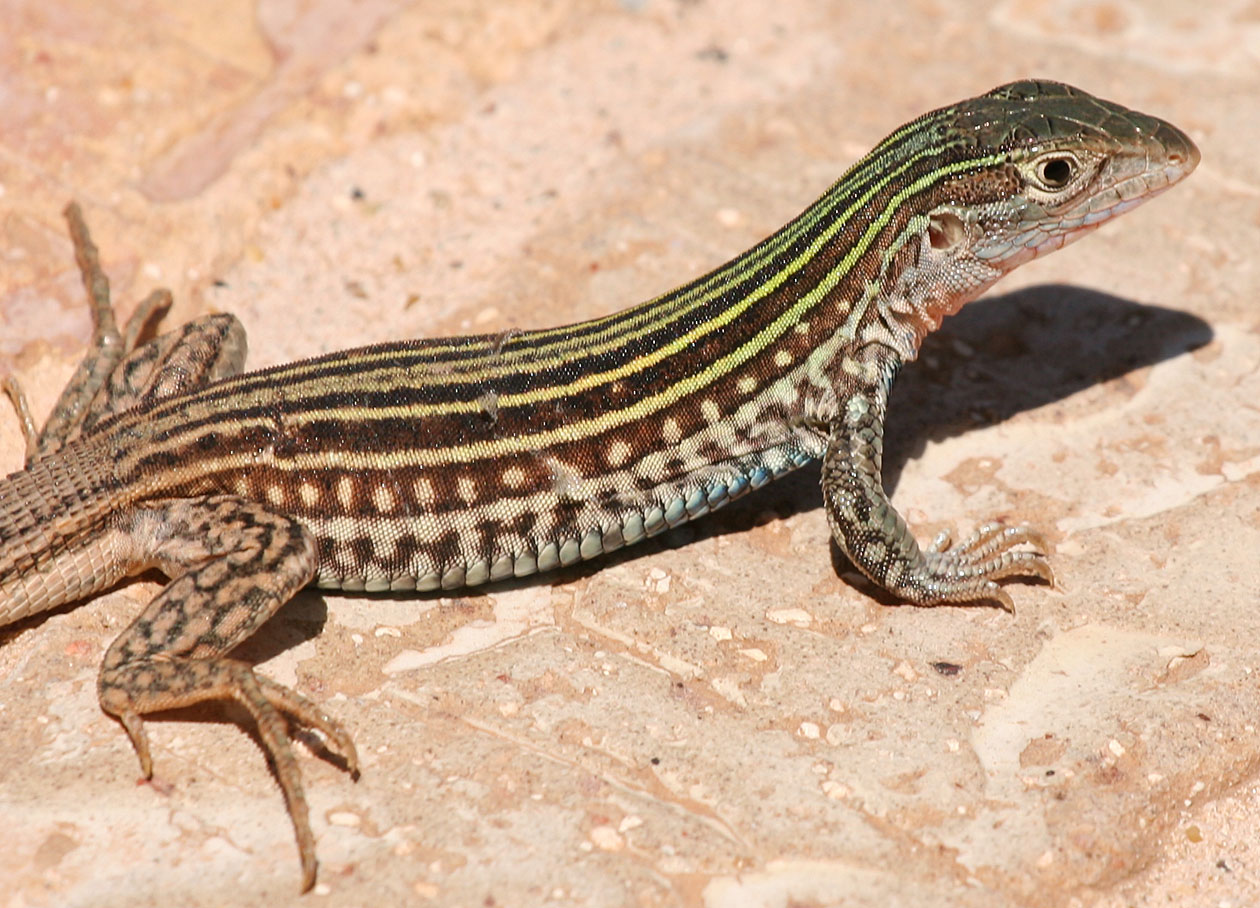
Salamander
This unique line
of mole salamanders is what you call “unisexual,” meaning they have only one sex, female. They have the advantage that every individual in the species is able to bear offspring. ... Most unisexual species reproduce through asexual reproduction.
Strawberry
Strawberry plants reproduce asexually through their stolons, also known as "runners". As the stolons grow out across the ground, they periodically form structures called "nodes". ... When strawberry plants reproduce asexually, the resulting daughter plants are clones of the original ("mother") plant
Internal Fertilization
Giant Panda
Ailuropoda melanoleuca
Internal fertilization is when an egg cell unites with a sperm cell inside the organism and this is what happens for the giant panda's fertilization. A Giant Panda's method of fertilization is internal as the sperm unites with inside of the female giant panda, not outside or in an egg

Limnonectes Larvaepaurus
Limnonectes larvaepartus is a species of fanged frogs in the family Dicroglossidae endemic to northern and western Sulawesi, Indonesia. It is unique in that it has internal fertilization and gives live birth to tadpoles.
Only two clown fish, a male and a female, in a group reproduce through external fertilization. The clown fish are hermaphrodites, meaning that they develop into males first, and when they mature, they become females. Also, as mentioned earlier, more than one clown fish is able to live in a sea anemone.
Green and Black Poison Dart Frogs
Green and black poison dart frogs are surprisingly good parents. After a female lays her eggs in a pool of water, her mate frequently returns to check on the eggs and keep them moist during the two weeks they take to hatch.
Animal Adaptation
Zebra
Lion
Lions have various adaptations, including acute sense of smell, night vision, powerful paws, sharp claws, sharp teeth, rough tongue and loose belly skin. These adaptation features help lions survive in their habitats.
Giraffe
Animal adaptation. Giraffes are well adapted to a life in a savannah. They drink water when it is aivailable but can go weeks without it, they rely on morning dew and the water content of their food. Their very long necks are an adaption to feeding at high levels in the treetops.
https://www.youtube.com/watch?v=P_ckAbOr0r4
Plant Adaptation
Cone Flower
Coneflowers like most other grassland plants have special adaptations that allow them to survive the harsh conditions and poor soil quality, commonly found in these prairie areas. They have an extensive and large root system, which can absorb the tiniest amounts of moisture in the dry soil.

Rock Rose
Common rockrose has adapted to very hot and dry habitats. The drier it is, the more of a dwarf shrub it becomes. It continues to assimilate in warm weather too despite evaporation because it is exceptionally efficient at taking in water.
Sunflower
Sunflowers can function in a variety of climates and soil types, as well as drought. Its heliotropic head moves to follow the sun, from east to west and back east again at the end of the day.

Evolution and Natural Selection
Magnificent Frigatebird
Adaptation: The Magnificent Frigate Bird has certain adaptive features. The massive wingspan allows them to fly without much effort and make poised aerial movements. The gular sac which is on the lower area of the neck inflates like a red balloon to attract females
General characteristics: The magnificent frigatebird has a long gray bill with a hooked tip. It has a deeply forked, scissor-like tail and sharply pointed wings. In the breeding season, male birds have a bright red throat pouch that they puff out to attract a mate. Females have white throats and bellies.
https://www.youtube.com/watch?v=VbQxYY4TPvA
MASS EXTINCTIONS
Trilobites
Trilobita
Era and period: Paleozoic Era Trilobite Fossil. Trilobites, meaning “Three Lobes”are an extinct ancient marine arthropod which flourished for over 270 million years during the Paleozoic Era.
General Characteristics:The trilobite body is divided into three tagmata (major sections), a cephalon with eyes, mouthparts and antennae, a thorax of multiple articulated segments (that in some species allowed enrollment), and a pygidium, or tail section of fused segments.
Why it got extinct:Trilobites disappeared in the mass extinction at the end of the Permian about 252 million years ago. ... Because trilobites had wide diversity and an easily fossilized exoskeleton, they left an extensive fossil record.

PTEROSAUR
pterosauria
Era and period:Pterosaur, any of the f lying reptiles that flourished during all periods (Triassic, Jurassic, and Cretaceous) of the Mesozoic Era (252.2 million to 66 million years ago). Although pterosaurs are not dinosaurs, both are archosaurs, or “ruling reptiles,” a group to which birds and crocodiles also belong.
pterosauria
Era and period:Pterosaur, any of the f lying reptiles that flourished during all periods (Triassic, Jurassic, and Cretaceous) of the Mesozoic Era (252.2 million to 66 million years ago). Although pterosaurs are not dinosaurs, both are archosaurs, or “ruling reptiles,” a group to which birds and crocodiles also belong.
Country and Continent it lived:These pterosaurs soared over South America during the middle of the Cretaceous period, more than a hundred million years ago. At that time a large saltwater lagoon covered the Araripe area, and the African continent lay just over the horizon, separated by a young sliver of ocean that would later grow into the Atlantic.
General charcteristics:Pterosaur bones were hollow and air-filled, like those of birds. This provided a higher muscle attachment surface for a given skeletal weight. The bone walls were often paper-thin. They had a large and keeled breastbone for flight muscles and an enlarged brain able to coordinate complex flying behaviour.
Why it get exctinct:The pterosaurs were previously thought to be declining before the mass extinction at the end of the Cretaceous period, which was caused by an asteroid impact 66 million years ago. ... It was thought that the rarity of pterosaur fossils from the end of the dinosaur era meant that they were slowly going extinct.
/https://public-media.si-cdn.com/filer/f1/01/f101fe48-aa75-41da-aac9-250dce6f3f08/hatzegopteryx.png)
https://www.youtube.com/watch?v=mfYuvlE78Nk
Ground Sloth
megatherium
Era and period:Around 8 million years ago, they migrated into North America, according to the San Diego Natural History Museum. Giant ground sloths preferred forests along rivers or lakes, but they also lived during the Pleistocene period, also known as the Great Ice Age
Country Continent where it lived: Habitat. Giant ground sloths evolved in South America around 35 million years ago. Around 8 million years ago, they migrated into North America, according to the San Diego Natural History Museum.
General Characteristics:Jefferson's ground sloth was a large, heavily built animal. It had a large skull with blunt snout, massive jaw, well-developed chewing muscles, and large, blunt, peg like teeth. As with other sloths, the teeth had an outer layer of dentine, rather than enamel, and thus were softer than those of other mammals.
Why did it get extinct: Around 11,000 years ago, saber tooth cats, woolly mammoths, giant ground sloths, and almost every other large mammal in North America went extinct... Although global warming could have played a part in the North American extinctions, climate was relatively stable during the final years of the island dwelling sloths.
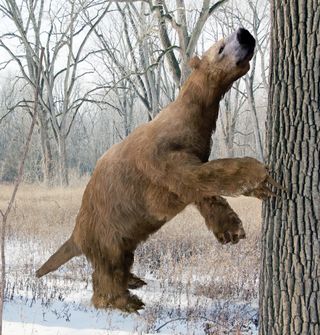
https://www.youtube.com/watch?v=HPFM_VLlKV8
IMPORTANT FOSSILS
Lucy Fossil
How old it is:3,200,000
When was it unearthed:November 24, 1974
Where was it excavated:Afar Depression, Ethiopia
In 1974, Lucy showed that human ancestors were up and walking around long before the earliest stone tools were made or brains got bigger, and subsequent fossil finds of much earlier bipedal hominids have confirmed that conclusion. Bipedalism, it seems, was the first step towards becoming human.
That first evening they celebrated at the camp; at some stage during the evening they named fossil AL 288-1 "Lucy", after the Beatles' song "Lucy in the Sky with Diamonds", which was being played loudly and repeatedly on a tape recorder in the camp.
Ichthysaur giving birth
How old is it:248 million years
When was it unearthed:in 2011
Where was it excavated:south Majiashan, China.
A fossil from China of an ichthyosaur mother giving birth. ... A new fossil that captures both birth and death reveals the earliest ancestors of the giant prehistoric sea predators called ichthyosaurs birthed their babies headfirst, according to a new study




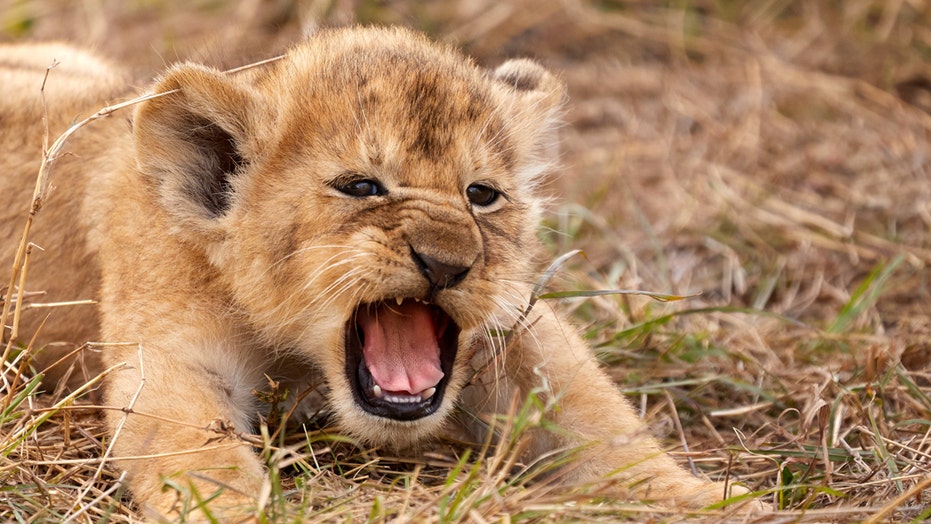
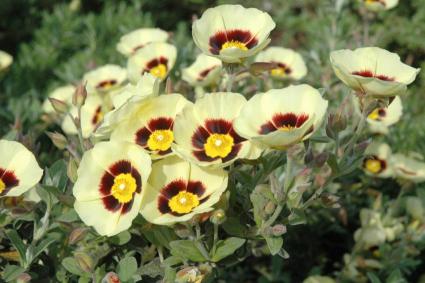

Comments
Post a Comment